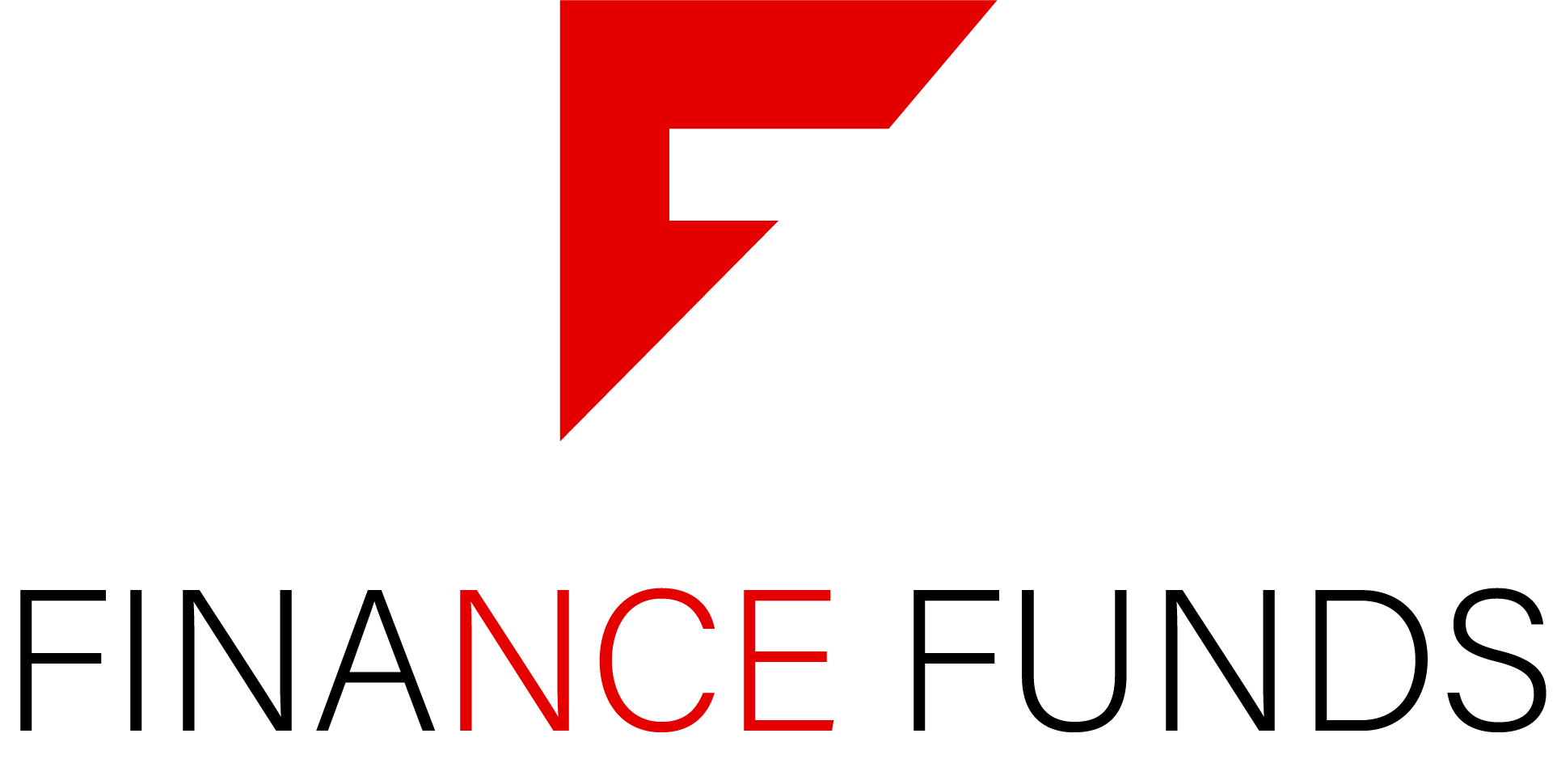Student loan debt is extended to students to help them fund their college education. These loans, which are granted by a range of different sources have to be repaid with interest in the years following graduation.
These days, borrowing for educational purposes is commonplace. In the US, more than two-thirds of undergraduates use some kind of student loan debt to fund their education. And in 2005 the average amount borrowed per student each academic year was over $20000 (Stafford and/or Perkins Loans). This figure rises to $24000 if PLUS loans are taken into account.
Most student loan debt is repaid over 10 years (although it can be extended to 30 years if the debt is consolidated) and the interest rate is set annually on 1st July.
There are four types of student loan debt available to students in the US.
1) Stafford Loans
Also known as federal loans, these are granted by the federal government to students at approved educational establishments. Their course of study must be at least part time and repayment begins once they graduate.
The interest on the loan can take two different forms;
Subsidized: This means that interest on the loan only begins to mount up once repayment has begun. In other words, the student gets an interest free loan until they start to repay it.
Unsubsidized: Interest starts to accrue on the amount borrowed from the moment the money is lent. This option means that the size of the debt becomes larger than under the subsidized option. From July 2005, the interest rate on Stafford Loans is 5.3% during the repayment period.
2) Perkins Loans
Unlike Stafford Loans, Perkins Loans are granted by the education establishment that the student attents. Again, they must be at least a part time student and the institution has to be approved. The main advantage of these loans, it that the interest rate charged is slightly lower than Stafford Loans (around 5%).
3) Private Loans
These are offered by a wide range of banks and other lenders. And as you would imagine, the interest rates are higher (although different lenders charge different amounts) and the repayment schedule is not so generous.
4) PLUS Loans
Unlike the previous options, these loans are taken by parents to help with their child’s education. Again the dependent child has to be enrolled at an approved institution and study at least part time. And this time, it’s the parents who are responsible for repaying this student loan debt.
Students can apply for any of these loans, or even a combination of them, to help fund their studies. If they have a number of these loans, they can consolidate them into a single monthly repayment plan (usually at a lower rate of interest, but over a longer period).








